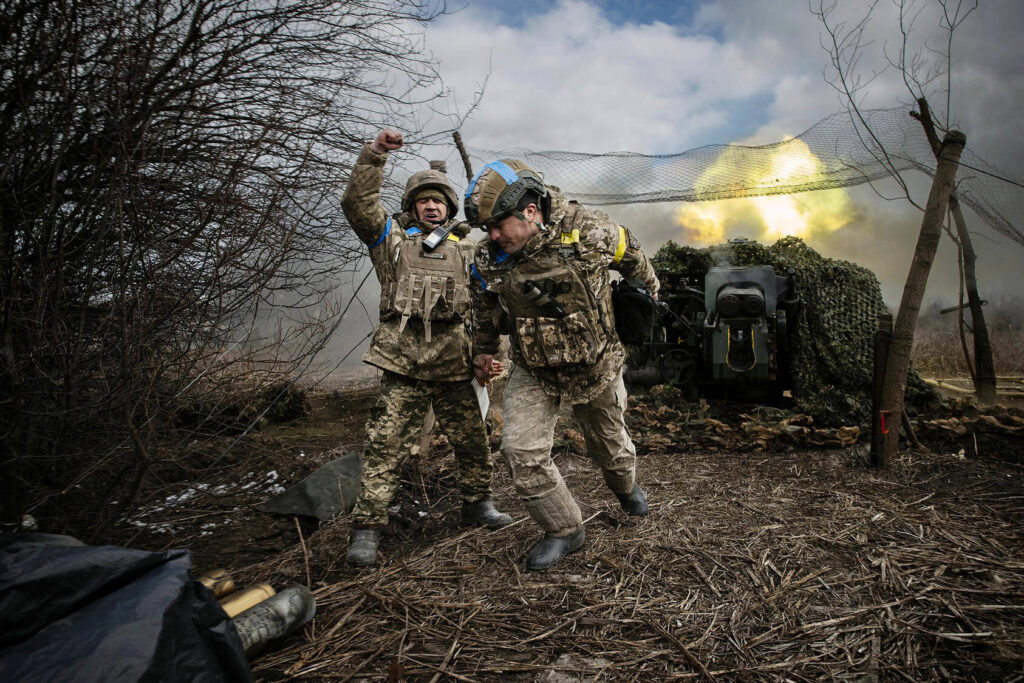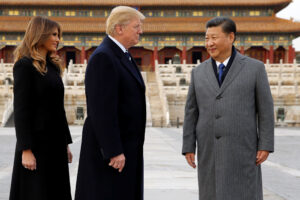The war in Ukraine has quietly reshaped the future of humanity in ways most of us haven’t begun to grapple with. In just over three years since Russia’s full-scale invasion, the conflict has sparked a transformation in warfare that could redefine geopolitics for the next century. This isn’t about who controls what sliver of Ukrainian territory or how the world has reacted—or failed to react—to Russia’s aggression. Those are critical, no doubt, but the real story here is far more seismic: the rise of drone warfare and its ripple effects on power, technology, and global influence. Frankly, it’s a shift that’s caught even the savviest observers off guard.
Let’s rewind. When Russia rolled into Ukraine, its military planners were banking on a playbook that felt like a dusty relic of World War II—tanks, armored vehicles, overwhelming force to steamroll a flat, open country. They weren’t entirely wrong to think this way; heavy equipment has long been the backbone of conquest. But what they didn’t anticipate—couldn’t have, really—was how cheaply and ruthlessly a new kind of weapon would dismantle their strategy. Drones, often costing less than $1,000 to produce, have been obliterating multimillion-dollar tanks and armored units with a precision that borders on terrifying. These aren’t the clunky drones of a decade ago. They’re agile, scalable, and, most crucially, dirt cheap to churn out. You don’t need vast stockpiles of steel or oil to build them—just some circuits, software, and ingenuity. The result? A battlefield where a single operator with a laptop can outmaneuver a tank column. It’s a gut punch to traditional military thinking.
This isn’t just a tactical shift; it’s a revolution on par with the invention of gunpowder or the machine gun. Think back to World War I, when commanders marched their cavalry and cannons into battle, blissfully unaware that machine guns and trenches would render their strategies obsolete. Thousands died before they adapted. Ukraine is that kind of turning point. Russia’s invasion force, expecting a blitzkrieg, found itself mired in a modern trench war, with drones rewriting the rules. Both sides are now racing to innovate, but Ukraine—against all odds—has taken the lead. Why? Because they’re not just fighting a war; they’re generating a goldmine of real-world data that’s making their drones smarter, faster, and deadlier than anyone else’s.
Here’s where it gets fascinating—and a little unsettling. The raw material of this new era isn’t iron or oil; it’s data. Ukraine’s relentless battlefield testing has given it an edge no other nation can match, not even the United States. While American defense contractors tinker in sterile labs, Ukrainian engineers are iterating in real time, tweaking algorithms under fire. Their drones aren’t just cheap; they’re powered by AI that’s been battle-hardened in ways no simulation can replicate. Some estimates suggest Ukraine’s drone innovation is four to eight times faster than its rivals’. That’s not a gap; it’s a chasm. And it’s why Ukraine, a country under existential threat, is poised to become a global powerhouse in the arms trade.
This shift has profound implications. For decades, military dominance belonged to nations with the most resources—think the U.S., China, or Russia, with their vast reserves of steel, oil, and industrial might. Smaller nations couldn’t compete; they didn’t have the raw materials or the budgets. But drones change that calculus. A country doesn’t need sprawling factories or endless coal mines to dominate in drone warfare—just coders, data, and a willingness to innovate. Suddenly, a nation like Ukraine, battered but brilliant, can outpace giants. Its drones are already the world’s best, not because they’re flashy, but because their AI is unmatched. And with production costs so low, Ukraine can flood the market with affordable, effective drones, undercutting traditional arms suppliers.
What’s troubling is how this catches the United States flat-footed. The U.S. has long been the world’s arms dealer, its influence cemented by reliable weapons and the goodwill of its allies. But that goodwill is fraying. Repeatedly, the U.S. has wavered on delivering weapons to Ukraine, leaving Kyiv to scramble mid-battle. Just days ago, another promised shipment stalled. These missteps aren’t just tactical errors; they erode trust. Countries buying weapons want a partner they can count on, not one that dithers. Ukraine, by contrast, is building a reputation as a reliable, innovative supplier. Its geographic position—close to Europe and the Middle East, prime markets for arms—only sweetens the deal. If you’re a nation shopping for drones, why bet on a distant, fickle supplier when Ukraine’s right there, battle-tested and eager to deal?
The irony is that Ukraine’s rise could be America’s opportunity—if only Washington would seize it. Imagine a deal: the U.S. supplies Ukraine with the conventional weapons it desperately needs now, in exchange for access to Ukraine’s drone data and expertise. It’s a win-win that could secure America’s military edge for decades. But the current U.S. administration, with its transactional approach, seems blind to this. By treating Ukraine as a charity case rather than a strategic partner, the U.S. risks being left behind in a world where drones, not tanks, dictate power. If Ukraine decides to play hardball and withhold its data, the U.S. could find itself scrambling to catch up, much like those World War I generals who clung to cavalry while machine guns mowed down their troops.
And what about Russia? They’re trying to keep up, but they’re stumbling. Dictatorships like Russia’s breed paranoia, not innovation. Entrepreneurs there fear their ideas will be stolen by oligarchs, so they don’t take risks. Ukraine, flawed but democratic, has no such handicap. Its engineers are free to experiment, iterate, and outsmart. Russia’s drones might improve, but they’re playing catch-up in a race Ukraine is already winning.
This war, brutal as it is, has done more than reshape borders—it’s rewriting the future of power. Ukraine’s emergence as a drone superpower isn’t just a feel-good story; it’s a warning. Nations that adapt to this new reality will thrive. Those that don’t—like the U.S., if it keeps dithering—risk fading into irrelevance. The stakes couldn’t be higher, and yet the world seems barely awake to the shift. You get the picture: this isn’t just about Ukraine’s survival. It’s about who will shape the next century.



